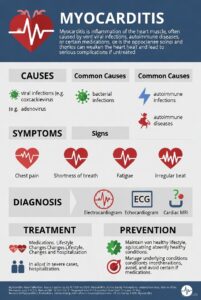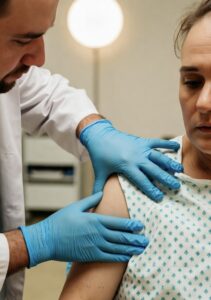Role of Nursing Personnel
- Registered Nurse (RN)
- Assess patients for pressure ulcer risk and develop a plan of care to prevent the development of pressure ulcers.
- Assess patients for factors that may delay wound healing and develop a plan of care to address these factors.
- Assess and document initial wound appearance, including wound size, depth, color, and drainage.
- Plan nursing actions to assist with wound healing, including wound care, positioning, and nutritional interventions.
- Choose dressings and therapies for wound treatment (in conjunction with the HCP and/or wound care specialist).
- Implement wound care for complex or new wounds, including negative-pressure wound therapy and hyperbaric O2 therapy.
- Evaluate whether wound care is effective in promoting wound healing.
- Provide teaching to patient and caregivers about home wound care and pressure ulcer prevention.
- Licensed Practical/Vocational Nurse (LPN/LVN)
- Perform sterile dressing changes on acute and chronic wounds.
- Apply ordered topical antimicrobials and anti-bactericidals to wounds.
- Apply prescribed dressings or medications for wound debridement.
- Collect and record data about wound appearance.
- Reinforce teaching that was provided by the RN.
- Unlicensed Assistive Personnel (UAP)
- Perform dressing changes for chronic wounds using clean technique (must consider state nurse practice act and agency policy).
- Empty wound drainage containers and document drainage on intake and output record.
- Report changes in wound appearance or drainage to RN.
- Role of Other Team Members (Dietitian)
- Assess and monitor patient’s nutritional status.
- Establish an intervention together with the inter-professional team.
- Monitor patient’s progress toward achieving the goals of care.




